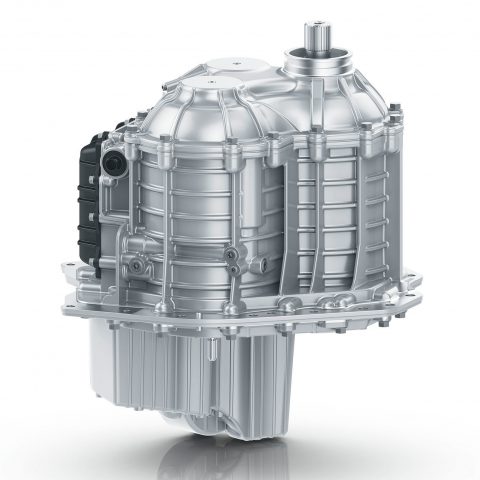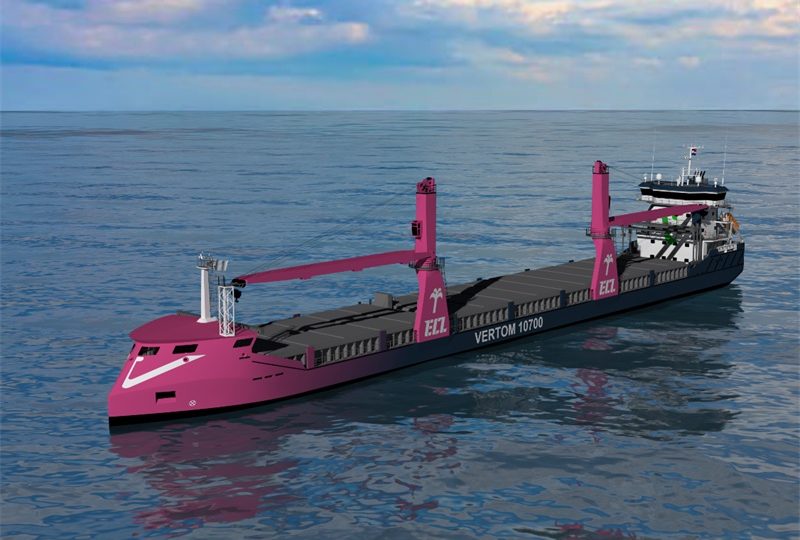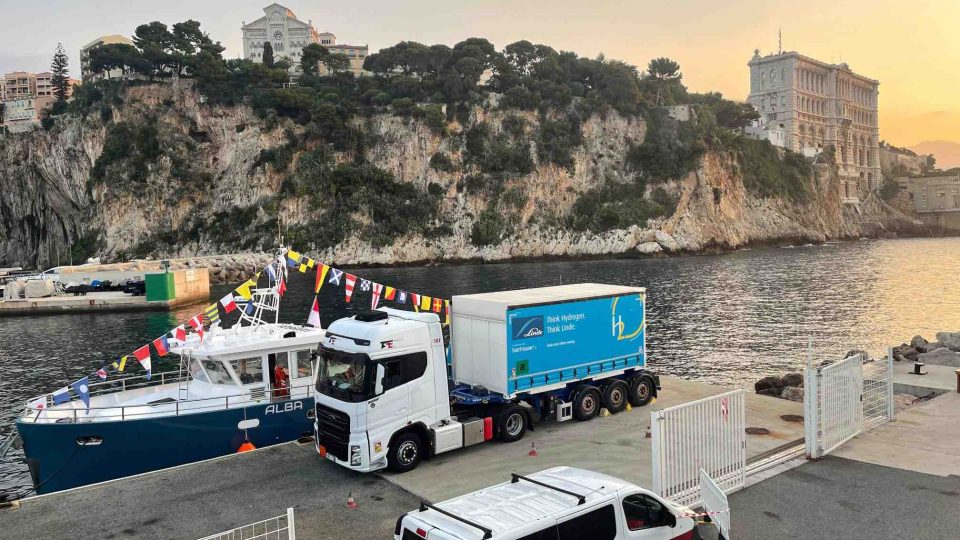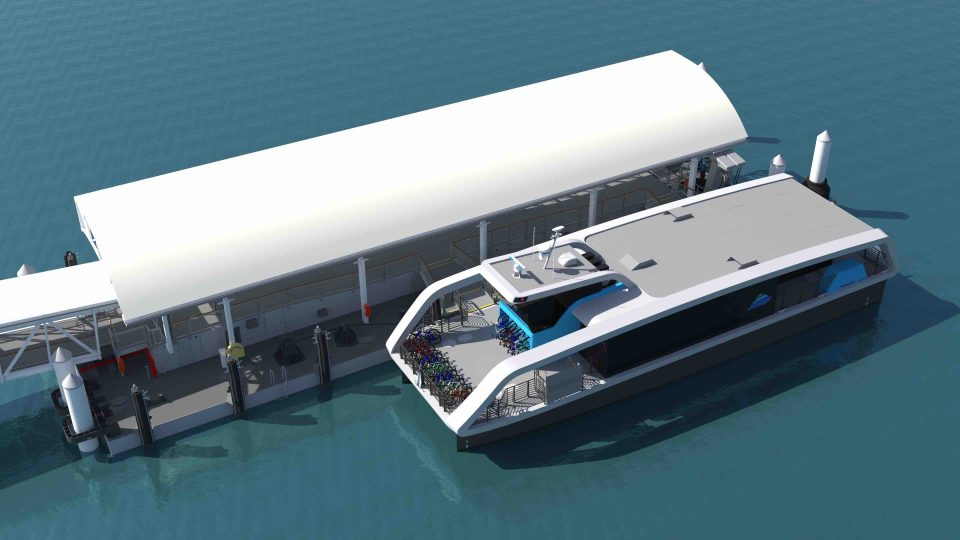ZF Marine for outboard engines. The new 2-speed transmission already in production in Padua
It is the result of partnership and collaboration lasted four years with Mercury Marine, which have just developed the V12 Verado outboard engine. The 2-speed technology for marine applications is a concept well-known by ZF from the past, but never applied to outboard applications before.

ZF Marine has launched its first-ever 2-speed hydraulic transmission for outboard engines. It is the result of partnership and collaboration lasted four years with Mercury Marine, which have just developed the V12 Verado outboard engine.
ZF Marine (here the latest news about hybrid applications) is already producing the new transmission at ZF’s factory in Padua, Northern Italy, addressed to pleasure craft applications. The maximum torque design is 724 Nm, maximum 7,000 rpm and its weight is just 55 kilos.
A first-timer. The 2-speed transmission applied by ZF Marine to outboard engines
«This project emphasizes our leading position in propulsion technology and successful collaboration with our long-standing partner Mercury Marine», said Federico Decio, Vice President Industrial Technology, Pleasure Craft Business. «The collaboration was defined with the objective of developing the most powerful and innovative engine in the market, and the trust in ZF Marine as the right partner».
The 2-speed technology for marine applications is a concept well-known by ZF from the past, but never applied to outboard applications before. This solution allows to perfectly match engine characteristics to different operative modes. In this particular case, the 2-speed transmission delivers maximum torque and acceleration in the first gear, and then silently shifts to the second gear for cruising efficiency and thrilling top speed. Shifting is almost imperceptible.
Ease in the transfer of power to the gearcase
The transmission includes a 3-vertical wet clutch layout and shifting is driven by proportional valves in order to grant unmatchable trolling capabilities at low speed, as well as granting an almost unperceptible shifting between the two gears. These proportional valves also optimize vessels’ performance during docking and maneuvering, making every movement absolutely precise and smooth, especially in combination with a joystick control system.
The two-speed transmission allows ease in the transfer of power to the gearcase. This means that both first and second gears could be properly design to enhance any vessel design target.
A comment by Mercury Marine
«First gear is 20% lower than second gear, which generates high propeller torque, and the ability to accelerate the boat and get it on plane quickly. The engine continues to deliver power and accelerations through its power shift, all the way to rated speed», mentioned Tim Reid, VP of Product Development and Engineering at Mercury Marine.











